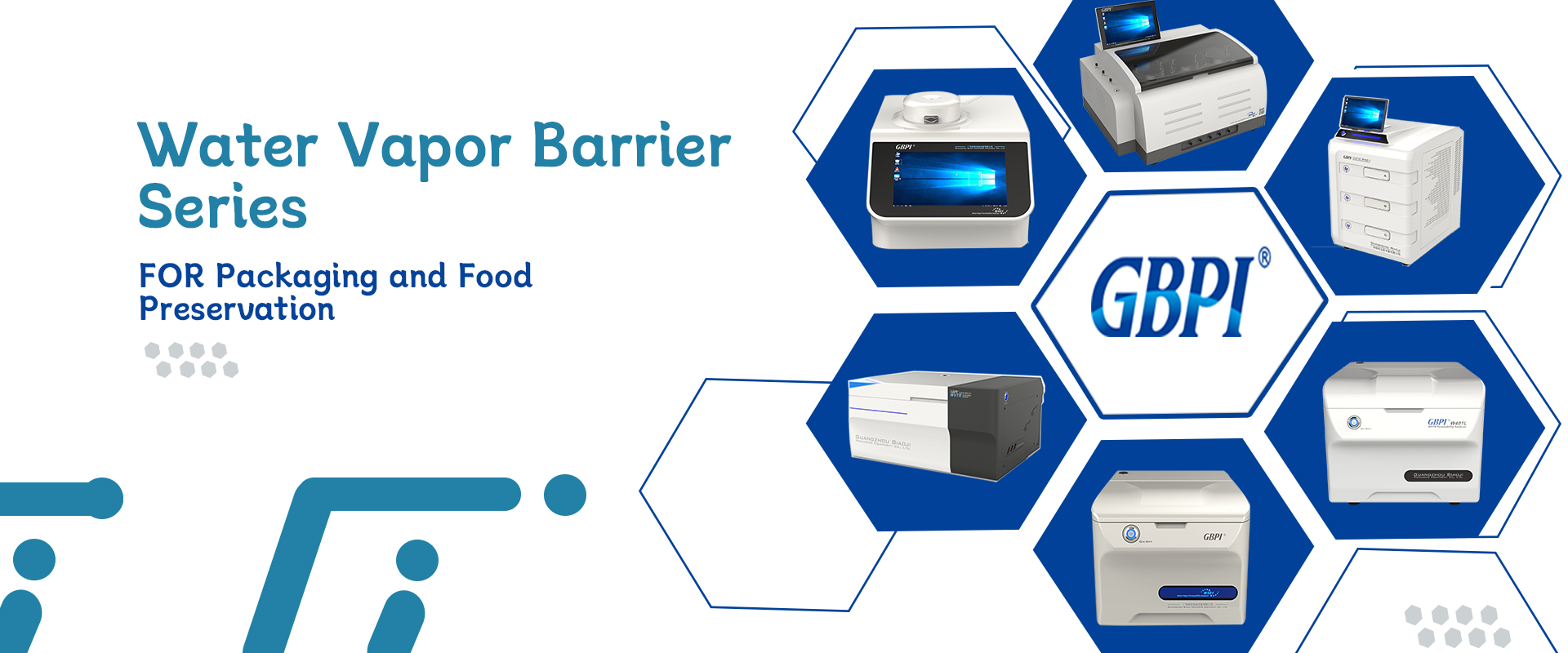In the ever-evolving world of product development and quality control, one term stands out as a critical factor in determining the effectiveness of various materials: WVTR, or Water Vapor Transmission Rate. This article delves into the intricacies of WVTR, its significance across industries, and why it's a game-changer for businesses striving for excellence in their products.
What is WVTR?
WVTR, short for Water Vapor Transmission Rate, is a measure of the passage of water vapor through a substance. It quantifies the amount of water vapor that permeates through a material of a specific thickness over a given time under controlled conditions. Expressed in units of g/m²/day (grams per square meter per day), WVTR is a crucial parameter in assessing the barrier properties of materials.
Why WVTR Matters
Understanding WVTR is pivotal for several reasons:
- Product Integrity: WVTR helps determine how well a material can protect contents from moisture, which is crucial for maintaining product quality and shelf life.
- Material Selection: By knowing the WVTR of different materials, manufacturers can make informed decisions about which materials best suit their specific needs.
- Quality Control: WVTR testing is an essential part of quality assurance processes, ensuring that products meet required standards before reaching consumers.
- Cost-Effectiveness: Proper WVTR analysis can lead to optimized packaging solutions, potentially reducing material costs and improving sustainability.
Industries Impacted by WVTR
The concept of WVTR extends its influence across various sectors:
1. Food and Beverage Industry
In food packaging, WVTR is critical for preserving freshness and preventing spoilage. Low WVTR materials help extend shelf life by minimizing moisture exchange between the product and its environment.
2. Pharmaceutical Sector
Medications and medical devices often require precise moisture control. WVTR testing ensures that packaging materials provide adequate protection against humidity, which can affect drug efficacy and stability.
3. Electronics Manufacturing
Electronic components are highly sensitive to moisture. Packaging with appropriate WVTR properties safeguards these delicate items during storage and transportation.
4. Construction Materials
In building and construction, WVTR is crucial for selecting materials that manage moisture effectively, preventing issues like mold growth and structural damage.
5. Textile Industry
WVTR plays a vital role in developing breathable yet water-resistant fabrics for outdoor gear and protective clothing.
Measuring WVTR: Techniques and Standards
Several methods exist for measuring WVTR, each suited to different materials and applications:
- Gravimetric Method: This traditional technique involves measuring weight changes over time due to moisture transmission.
- Infrared Detection: A more modern approach using infrared sensors to detect water vapor passing through the material.
- Electrolytic Cell Method: This precise method measures the current generated by electrolysis of transmitted water vapor.
International standards such as ASTM F1249 and ISO 15106-3 provide guidelines for WVTR testing, ensuring consistency and reliability in measurements across industries.
Innovations in WVTR Technology
As the demand for high-performance materials grows, so does the technology for WVTR testing and improvement:
- Nanocomposite Materials: Researchers are developing new materials with nanoparticles that significantly enhance barrier properties.
- Smart Packaging: Integration of WVTR-sensitive indicators in packaging allows real-time monitoring of moisture levels.
- Computational Modeling: Advanced software now enables predictive modeling of WVTR, streamlining material development processes.
The Future of WVTR in Product Development
As sustainability becomes increasingly important, the focus on WVTR is shifting towards:
- Biodegradable Barriers: Development of eco-friendly materials with excellent WVTR properties.
- Customized Solutions: Tailoring WVTR characteristics to specific product requirements for optimized performance.
- Industry 4.0 Integration: Incorporating WVTR data into smart manufacturing processes for real-time quality control.
Conclusion: Embracing WVTR for Superior Products
In conclusion, WVTR is not just a technical specification—it's a key to unlocking superior product performance, longevity, and customer satisfaction. By understanding and optimizing WVTR, businesses can stay ahead in their respective industries, offering products that meet and exceed consumer expectations.
Whether you're a manufacturer, researcher, or quality control specialist, embracing WVTR as a critical factor in your processes can lead to significant improvements in product quality and innovation. As we move forward, the role of WVTR in driving product excellence will only continue to grow, making it an indispensable concept in the world of material science and product development.

 info@gbtest.cn
info@gbtest.cn



 en
en ru
ru es
es ar
ar

